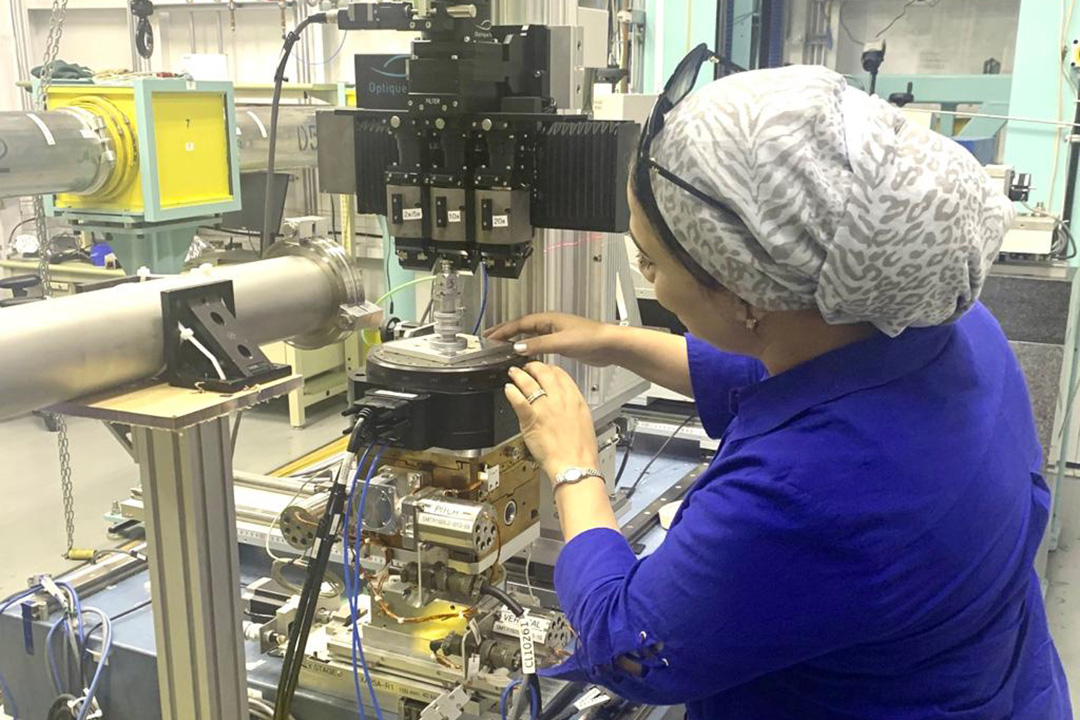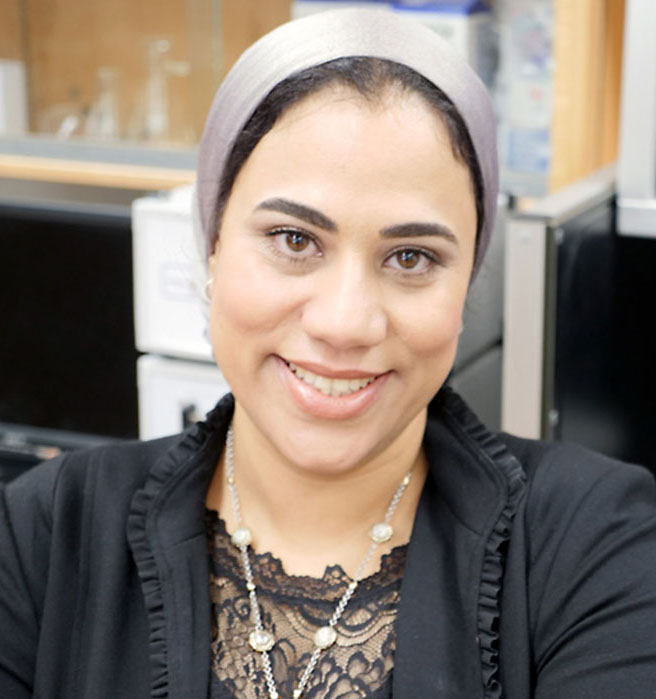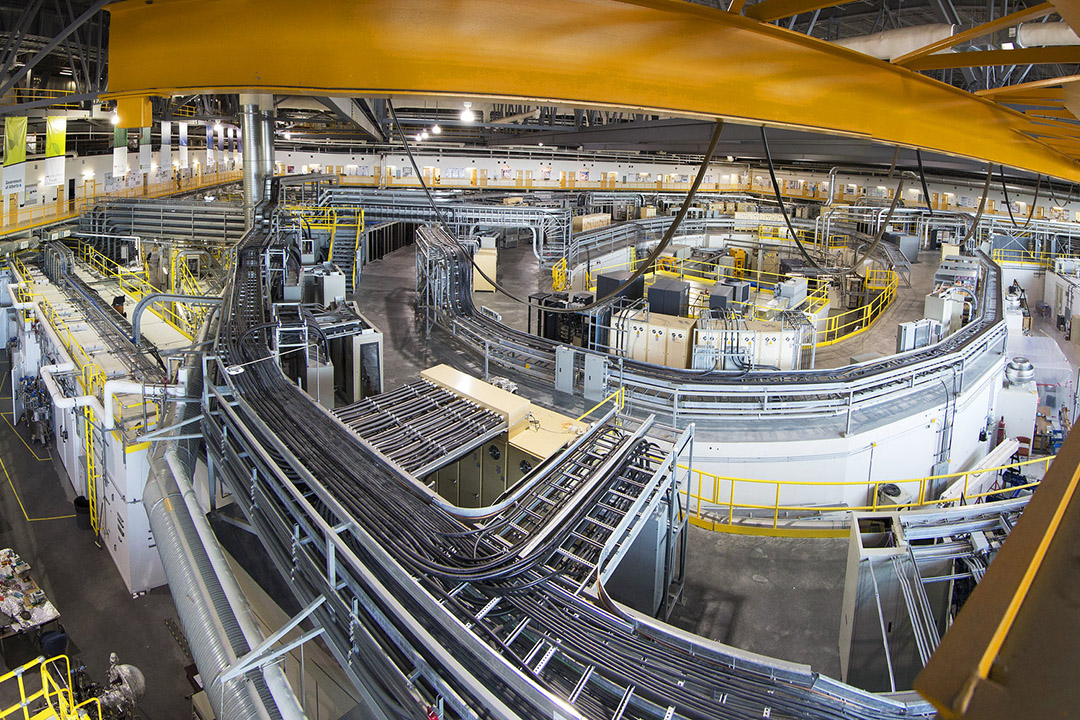
USask pioneering wearable kidney and other patient-centric solutions
Losing her father to kidney failure inspired Dr. Amira Abdelrasoul (PhD) to pivot her research direction and use her expertise in membrane science and nanotechnology to pursue a life-saving innovation: a wearable kidney.
By EXCELLENCE IN RESEARCH AND INNOVATION REPORT via GLOBE AND MAILLosing a close family member to kidney failure inspired Amira Abdelrasoul to pivot her research direction and use her expertise in membrane science and nanotechnology to pursue a life-saving innovation: a wearable kidney.
Kidney disease affects 10 per cent of the world’s population and more than three million Canadians, says Dr. Abdelrasoul, an associate professor in the College of Engineering at the University of Saskatchewan (USask) and the leader of the USask Hemodialysis Membrane Science and Technology Laboratory. “I observed my dad suffering during dialysis sessions, and then we lost him to complications. At the time, I was already a membrane science researcher, and this experience ignited my passion to help patients and solve dialysis problems.”

Patients with kidney disease or kidney failure currently rely on hemodialysis machines in hospitals and dialysis centres. Based on the life-sustaining process of healthy kidneys, these machines clean the blood by passing it through blood filters. On average, dialysis patients spend four hours three times per week on hemodialyzers.
While dialysis represents the only treatment option when a kidney transplant is not available, it also comes with risks. “When blood interacts with material outside the body, this can create complications,” says Dr. Abdelrasoul. “Using better materials for the process would mean less toxins, less risk of infection, less physical and psychological symptoms. It would mean patients feeling better, with fewer complications and living longer.”
Joining Dr. Abdelrasoul in the quest for better dialysis membranes are a wide range of partners – from Canada and around the world – with expertise in chemical and bioengineering, material science, nanotechnology, synchrotron science, nephrology and health care.
“For this complex research topic, interdisciplinary collaboration is crucial,” she says. “We’re also working with nurses, social workers, psychologists and patient advisers. We need all these perspectives to move forward in an innovative and patient-centric way.”
Fostering interdisciplinary excellence
The University of Saskatchewan is dedicated to “maintaining a competitive advantage for Canadian scientists in the global race to find solutions to today’s very complex problems,” says Baljit Singh, vice-president, research, USask. “Researchers are often amazed by the quality of our research infrastructure and our interdisciplinary excellence.”
Due to an intentional culture supporting collaboration across disciplines, researchers like Dr. Abdelrasoul, for example, can draw on biomedical engineering expertise, consult with researchers working with unique animal models and bring in technologists and other scientists, says Dr. Singh. “[USask] is the only university in Canada that has every health science discipline, including veterinary medicine, represented.”
The resulting clustering of experts allows them to join forces in tackling “these very complex and interdisciplinary challenges with the goal to make a difference in the lives of Canadians and across the globe,” he says. “Dr. Abdelrasoul’s research, for example, is going to have a major impact on people who suffer from kidney failure and need dialysis regularly.”
‘The ideal home’ for this research

Dr. Abdelrasoul and her team started with a comprehensive study of the physical and chemical characteristics of dialysis membranes currently used in Canadian hospitals. “We learned how different membranes interact with patients’ blood and explored the circumstances that lead to adverse outcomes and the reasons behind the side-effects that patients experience,” she explains. “These first-of-a-kind analyses gave us valuable insights for designing better membranes.”
For investigating how proteins in human blood travel inside membrane channels during dialysis sessions, Dr. Abdelrasoul and her team used the synchrotron facilities of the Canadian Light Source. “Other imaging techniques only show the top of the membrane and the end of the filtration process, but synchrotron imaging allows us to monitor blood proteins in real time,” she says. “This enabled us to conduct these cutting-edge experiments and advance this research.”
Combined with other key infrastructure, including the Saskatchewan Structural Sciences Centre, the Saskatchewan Centre for Patient-Oriented Research, advanced health laboratories and the high-performance computing research cluster, access to synchrotron facilities meant that “the University of Saskatchewan is the ideal home for our research,” says Dr. Abdelrasoul.
The university has now reached an “inflection point due to the work that has gone on for many years,” states Dr. Singh. “Our focused efforts on developing unique and cutting-edge facilities have been critical for attracting scholars and students – and for creating a place where researchers from across Canada and around the globe come together.”
Examples are the Canadian Light Source (CLS), the Vaccine and Infectious Disease Organization (VIDO), the global institutes for food security and water security, and the Sylvia Fedoruk Canadian Centre for Nuclear Innovation, which “all represent suites of highly advanced – and in some cases one-of-a-kind – research infrastructure in Canada,” he says. “These world-class facilities come out of our distinguished history of research excellence.”
Consider, for example, the groundbreaking discoveries of Gerhard Herzberg, who worked at USask for a decade and won the Nobel Prize in 1971. Known as the father of modern spectrometry, his research fundamentally changed scientific understanding of how molecules absorb and emit light, and Dr. Singh notes that this legacy continues at the CLS, “where researchers use light to investigate the structure of matter.”
Role models and community engagement
Being associated with award-winning researchers like Dr. Herzberg, Dr. Abdelrasoul and many others bolsters the reputation of USask, and Dr. Singh sees such examples as sources of inspiration.
“When we see Dr. Abdelrasoul, who is originally from Egypt, pushing the frontiers of knowledge and being so passionate about improving the lives of so many people, that is quite inspirational,” he says. “We believe role modelling can be a powerful tool to encourage more participation, especially from people who have historically been under-represented in academic fields, including women, racialized groups and Indigenous people.”
Dr. Singh himself is assuming a mentorship role in a newly launched program at USask to support early and mid-career researchers with the goal to grow current and future academic teams. “Our aim is to welcome those who are new to the university and set them up for success in their scholarly or artistic endeavours through a variety of mechanisms,” he explains. “We also know that when multiple perspectives come into an organization, this creates better outcomes for knowledge creation, science and technology, and the arts.”
In addition, USask is working closely with elected leaders at federal and provincial levels to ensure “innovations can get to the point where they can really make a difference in the lives of people here in Saskatchewan, in Canada and around the globe,” he adds.
A focus on impact
Dr. Abdelrasoul’s primary motivation is to help patients – and to raise awareness about the importance of kidney health in the process. “There is this sense that what we currently have for dialysis patients is good enough,” she says. “But when these people are suffering and dying, we need to do more. The goal is to improve the quality of life for those who currently have to spend a lot of their time hooked up to a machine in a hospital.”
A wearable kidney, which would work on the same principle as the portable pancreas (a portable insulin pump used by diabetics and worn discreetly on the body), would allow patients the freedom to engage in daily activities while receiving their life-saving treatment.
“While this can make life easier for everyone, it is especially impactful for someone living in a rural area who faces limited access to dialysis units, the burden of transportation costs, and risks related to travelling in hard weather,” she says. “My research program aims to enhance the quality of life for all patients across different backgrounds with different ages, biological sexes and races. We’re working with St. Paul’s Hospital in Saskatoon, a provincial leader in renal disease, and we’re also establishing collaborations with Indigenous communities to better support Indigenous patients.”
Dr. Abdelrasoul and her team have already filed a patent for innovative membrane material that promises better patient outcomes in terms of reducing inflammation and complications. While taking such innovation to impact can mean “expensive research and materials,” she insists that “this will not only reduce undesirable symptoms but will also help save health-care costs in the long run by reducing required frequency of dialysis sessions and reducing the need for other medical interventions and hospital stays.”
Earlier this year, the team – together with Push Interactions – launched an app that allows a patient-centred environment for dialysis patients and to raise awareness. Named Abdelrasoul Dialysis, the app aims to bring the “experiences of a community of patients, including their physical and psychological symptoms and concerns, to bear on research,” she adds.
In addition to the research progress towards a wearable kidney, Dr. Abdelrasoul is also working to advance tools for physicians treating kidney disease. “I found that prescribing the type of module that is right for an individual patient can be challenging for doctors,” she says. “That’s why we’re developing mathematical models that can predict inflammation based on what membranes and clinical practices are used. This, in turn, will allow physicians to choose the therapies that carry the lowest risk for each patient.”
Both efforts – computational models for reducing negative outfall of therapies and membrane research for improving the dialysis process – aim to address the same challenge “from different angles,” she says. “We are getting closer, step by step, and I’m really proud of all that has been achieved.”
Together, we will undertake the research the world needs. We invite you to join by supporting critical research at USask.
Article re-posted on .
View original article.

